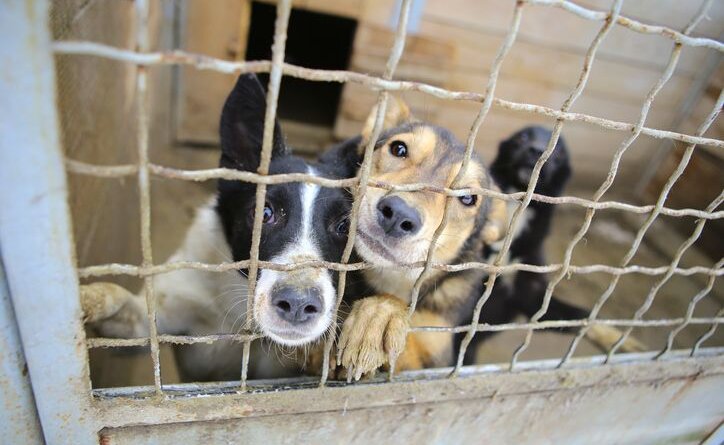The Basics of Successful Housetraining
Excerpted from Pat Miller’s Do Over Dogs: Give Your Dog a Second Chance for a First Class Life
Do-Over Dogs are frequently not housetrained or poorly housetrained at best. This is especially true of dogs who have been rescued from puppy mill or hoarder situations. Housesoiling is a common reason why people give up their dogs. In addition, a Do-Over Dog who was housetrained previously may, due to the stress of a new environment, regress and make mistakes in his new home. So even if your new dog comes with an assurance he is housetrained, be wary and ready to treat him like a new puppy in the regard.
The basics
Poop and pee outside, not inside. It seems like such a simple concept, and indeed, many dogs are easily housetrained. But not all. We adopted our Scorgidoodle, Bonnie, from the Humane Society here in Hagerstown when she was about six months old. She was surrendered to the shelter because her owners couldn’t housetrain her. Now age four, she’s reasonably reliably with her housetraining, but she’ll never be one of those dogs you’ll fine waiting at the door with legs crossed if an emergency keeps you away from home for ten hours.
The basic premise of successful housetraining is: Take your dog out more often than he has to go, and supervise and manage to prevent accidents. For young puppies, that means outside every hour on the hour during the day, and crated or otherwise confined at night, where you can hear him if he wakes up and says he has to go out. As a pup matures, a general rule of thumb is that he can “hold it” for one hour more than his age in months. That is, a three-month-old pup might be able to go for four hours – up to a maximum of about eight hours on a regular for an adult dog. Remember, though, that it’s a general rule – there are certainly normal three-month-old puppies who can only hold it for two to three hours and adult dogs who can’t go longer than three or four. There are also canine saints who will maintain their housetraining when left alone for 10 or even 12 hours – but even with those I don’t recommend them to do so routinely.
For more ways to train any dog, buy Pat Miller’s Do Over Dogs, Give Your Dog a Second Chance for a First Class Life from Whole Dog Journal.





